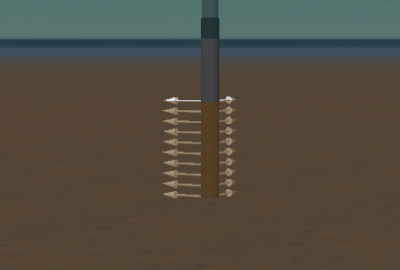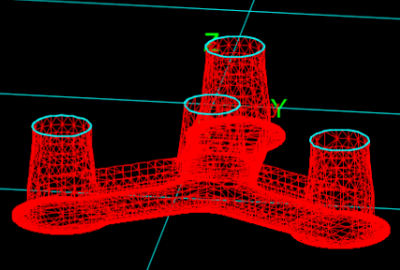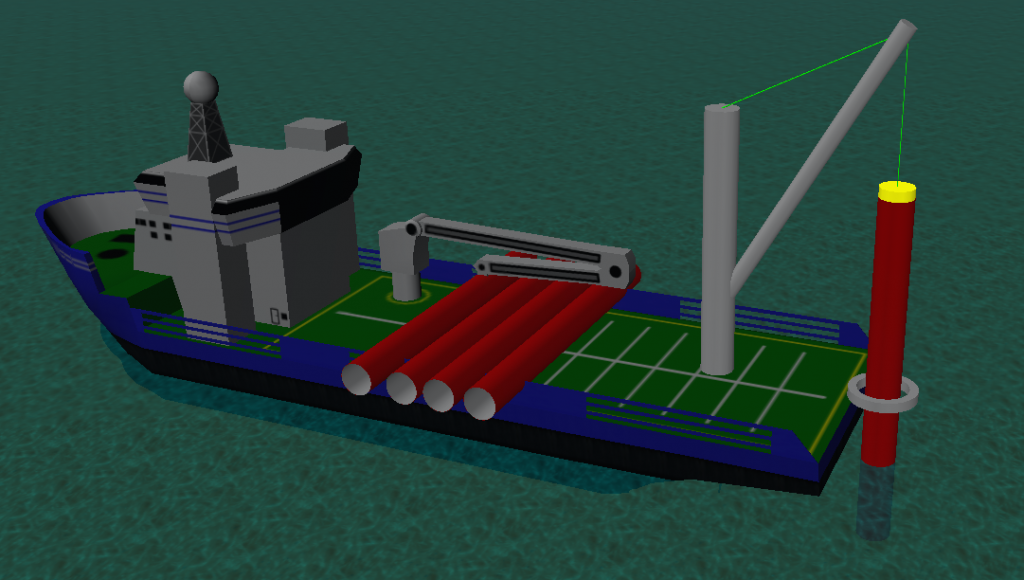
Our offshore wind library consists of both bottom-fixed and floating foundations and turbines of different sizes. Read about our models.
Modelling offshore wind systems in OrcaFlex
Offshore wind has become a major part of our business, and we love to welcome new customers in this segment. When our customers develop a new component or service to the offshore wind industry, we can analyse it in a realistic setting, even if the customer do not have data on all interfacing components. That is because we continuously build what we call our offshore wind library. This is a set of models or components that are required to assemble the full offshore wind system. Using OrcaFlex as our main tool we can perform fully coupled hydro-aero-servo-elastic analysis of both bottom-fixed and floating foundations. Such a model can include:
- Foundation
- Turbine
- Tower
- Mooring lines
- Cable
- Control system
Do you have an innovation for offshore wind? Here is a brief look at how we can help.

Turbines and control systems
OrcaFlex includes a horizontal axis turbine object which models aerodynamic loading using BEM (Blade Element Momentum) theory. It allows for flexible blade modelling to include aerodynamic coupling effects, and also include tip/hub loss and wake models. The turbine can also utilize an external controller for pitch/torque control using python. In the video below is a model of the DTU 10MW reference turbine with a pitch controller externally calculated by python. The turbine has a rated wind speed of 11.4 m/s and a rated power of 10 MW. The video shows how the blade pitch (top right) varies with the relative wind speed at hub (bottom right), and the power generated by the turbine (top left). See this post to read more about pitch control.
Foundations
Our library consists of both bottom-fixed and floating foundations. Bottom-fixed foundations such as monopiles and jackets can be modelled using lines with specified diameters and material properties. The soil interaction is modelled by several constraints which provide translational og rotational stiffness. Floating foundations are modelled using vessels with RAO data calculated by OrcaWave, and morison elements to viscous effects.


Marine operations
We have experience with simulating marine operations, such as monopile installation from floating vessels. With python we can use co-simulation FMUs to couple the OrcaFlex model with control systems exported from other simulation software. Check out our reference projects for these topics.

Our offshore wind library
Our OrcaFlex offshore wind library includes both bottom-fixed and floating foundations, and turbines of 5, 10 and 15 MW.




